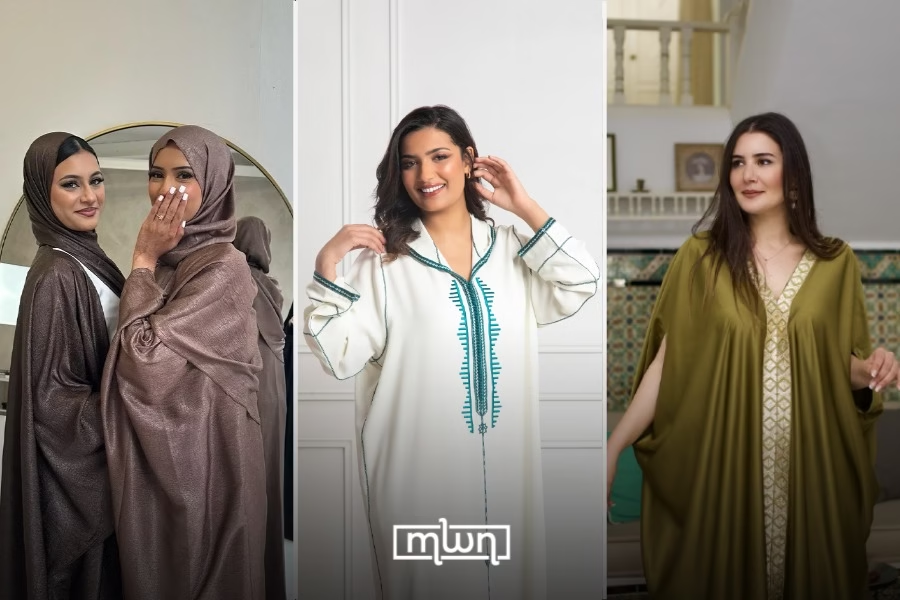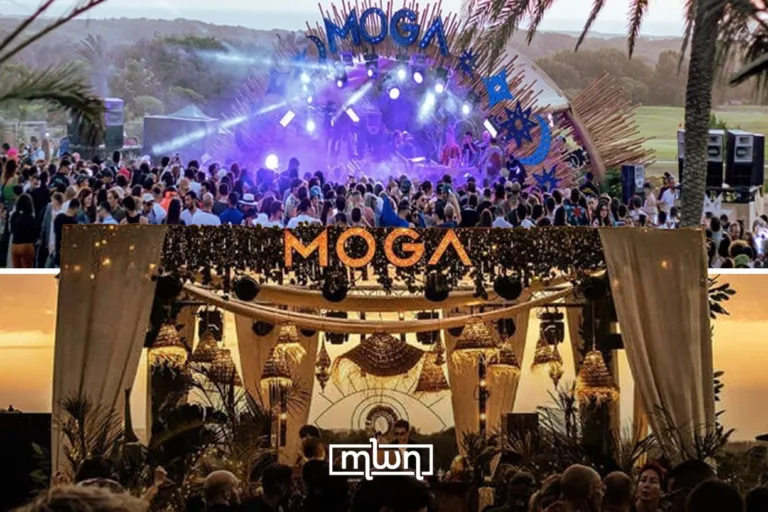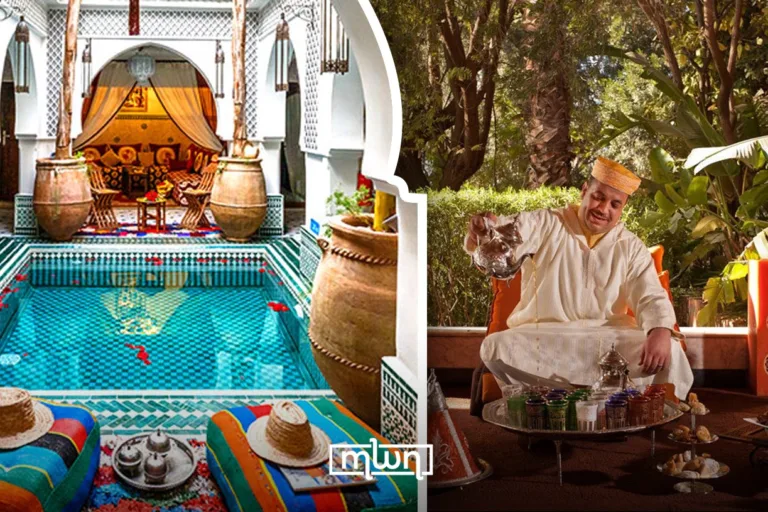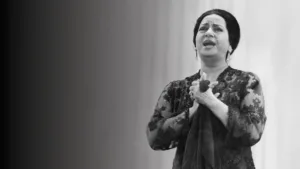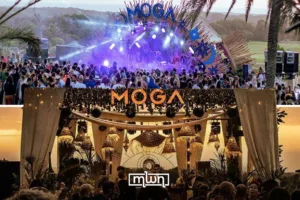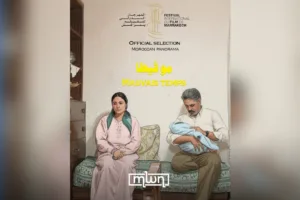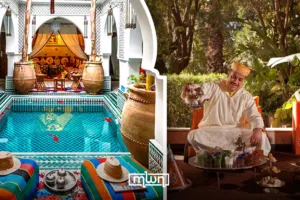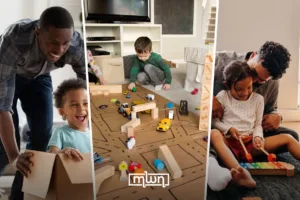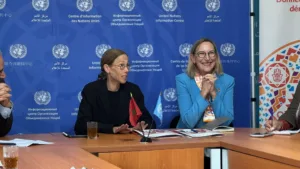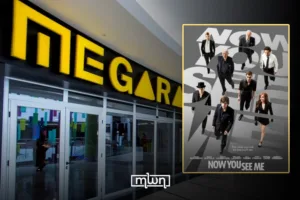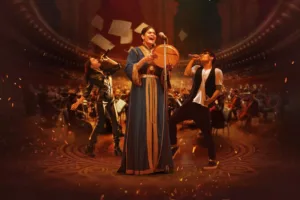Moroccan Eid style is going global, but does that mean saying goodbye to the djellaba?
Fez– This Eid, something unexpected has unfolded in Morocco. Traditionally, Eid outfits have been a sacred ritual, morning Kmiss for family greetings, an elegant djellaba for evening visits.
But this year, a quiet revolution has taken over. Moroccan women are ditching tradition for a wardrobe that spans borders.
From Emirati Mukhawar to Khaleeji Abayas and Tunisian Jebas, Eid fashion has taken a global turn.
The shift, which started as a casual TikTok trend, has now fully blossomed into a style movement.
But while diversity in fashion is exciting, this sudden pivot has sparked a debate: Are we celebrating global influences, or are we slowly erasing Moroccan cultural traditions?
Fashion has always been fluid. Cultures influence one another, and that’s what makes style so dynamic.
Embracing Emirati, Khaleeji, or Tunisian outfits doesn’t mean rejecting Moroccan heritage, it could simply mean evolving with the times.
Social media has made the world feel smaller, introducing Moroccan women to styles they might never have considered before.
And let’s be honest, some of these global outfits are incredibly elegant. The flowing abayas, the embroidery of the Mukhawar, the sophistication of the Jeba, they bring fresh, stunning silhouettes to Eid celebrations.
Moroccan women aren’t just following a trend; they’re curating a wardrobe that reflects their personal tastes, fusing tradition with modernity.
There’s also the appeal of standing out. Moroccan djellabas and caftans, while breathtaking, are expected during Eid.
Why not surprise people with something new? Fashion is a form of expression, and for many, this shift is a way to embrace creativity.
The fear of losing moroccan traditions
But while cultural exchange is beautiful, some argue that something sacred is being lost.
There was a time when Eid morning had a predictable, comforting rhythm, wearing the Kmiss, sipping mint tea, welcoming guests with a sense of nostalgia.
By nightfall, the Jellaba took center stage, a symbol of Moroccan elegance. This routine wasn’t just about fashion, it was a cultural bond passed down for generations.
Now, with TikTok dictating style choices, there’s a concern that these traditions might fade into the background.
If Moroccan women stop wearing djellabas on Eid, what will happen in five or ten years?
Will our children even associate Eid with these garments anymore? The djellaba and caftan aren’t just clothes; they hold stories, memories, and a deep cultural identity.
And let’s not forget Moroccan fashion is already diverse within itself. From the Fassi Takchita to the Sahrawi Melhfa, Morocco offers a stunning variety of styles.
Do we really need to look outside when we already have so much richness within our own borders?
Ultimately, the shift in Eid fashion isn’t just about what women are wearing, it’s about how tradition and modernity collide in the age of social media.
Some see it as an exciting evolution, while others feel a quiet sense of loss.
The real question is: Can we embrace global styles without letting go of our Moroccan roots? Maybe the answer lies in balance, wearing a djellaba in the morning and a Mukhawar at night, keeping one foot in tradition while stepping forward in style.
Read also: Artisanal Craftsmanship Bridges Morocco’s Past and Future at Rabat Traditional Wedding Festival

